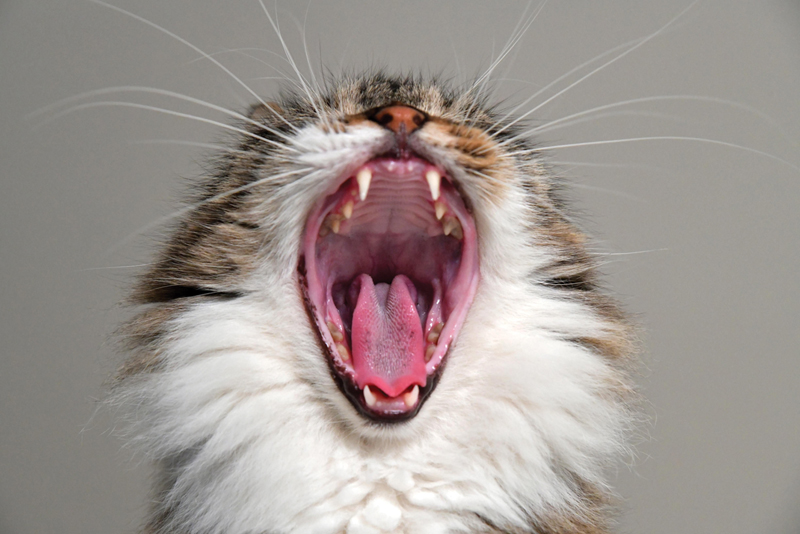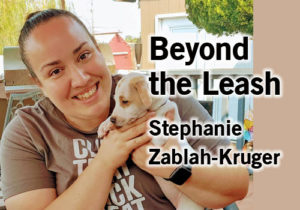Train your pets to ‘open wide’ and let you take a look inside

 It’s important to know how to keep your pet’s mouth as healthy as possible because dental disease is one of the most common diseases for cats, rabbits and dogs.
It’s important to know how to keep your pet’s mouth as healthy as possible because dental disease is one of the most common diseases for cats, rabbits and dogs.
Dental disease can start at a young age. At age 3, my cat needed a dental procedure and had several teeth removed even though he seemed healthy.
Animals are good at hiding illness because it’s a survival tactic. If they show weakness, they could get eaten. Cats, dogs and rabbits know how to compensate, even if they are experiencing pain caused by dental disease. Annual wellness exams with your regular veterinarian are important because they can point out what your pet may be trying to hide.
The sooner it is caught and dealt with, the better. If left untreated, dental disease can affect other parts of the body like the heart, kidneys and liver.
Taking extra care with rabbits
In rabbits, some dental problems are more complex and can result in serious conditions from which they cannot recover. Rabbits’ teeth are constantly growing and they can suffer from overgrowth, so it’s important to retain the proper length, shape and alignment of their teeth.
Part of this is maintained with a proper diet, which encourages a rabbit to chew and grind so their teeth naturally wear down. When tooth wear is decreased or abnormal, the risk of dental issues and other problems increase if it’s not addressed by a rabbit-savvy vet.
Training tips
Training can help immensely with keeping dental disease at bay. It’s a big step toward a healthy mouth and making it less intimidating when a veterinarian performs an oral exam.
For cats and dogs, teaching them to allow toothbrushing can save you costly dental extractions. For rabbits, training them to allow an oral exam or have their head handled can help you spot a potential problem.
Here are some basic steps to help you get started with training pets to allow having their head handled, laying the foundation for exams as well as toothbrushing for dogs and cats.
First, reach to pet your animal over the head and reinforce when you can gently cup your hand over their muzzle. Be careful with their whiskers because this is a sensitive area.
Once this can be accomplished confidently, and your pet seems calm and comfortable, move on to gently retracting the lip.
Then examine the teeth, looking for redness along the gumline, tartar buildup, teeth that may have a cavity, cracked teeth or teeth that are growing improperly.
For rabbits, this is a good place to stop as we don’t need to worry about brushing their teeth as much as with performing an oral exam with little to no stress.
With dogs and cats, continue to reinforce steps that lead up to toothbrushing. That way, when you add in the toothbrush or toothpaste, it is not as stressful.
For more information, visit rabbit.org/dental-disorders-in-rabbits and dvm360.com/view/how-periodontal-disease-can-affect-pets-organs.
You can contact Stephanie at cooperativecaretraining@gmail.com or 510-408-7162. Visit the website cooperativecaretraining.com for more information.
